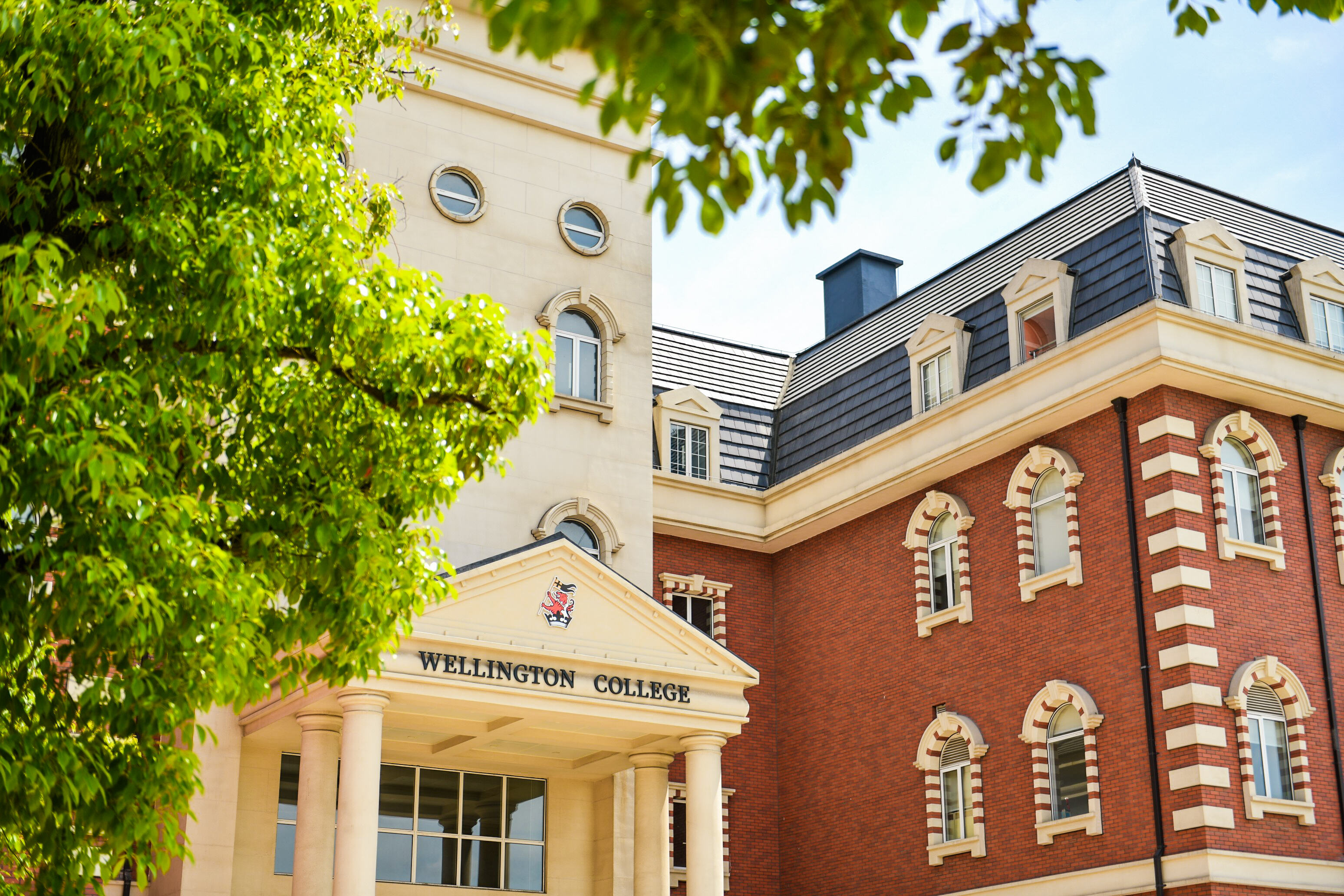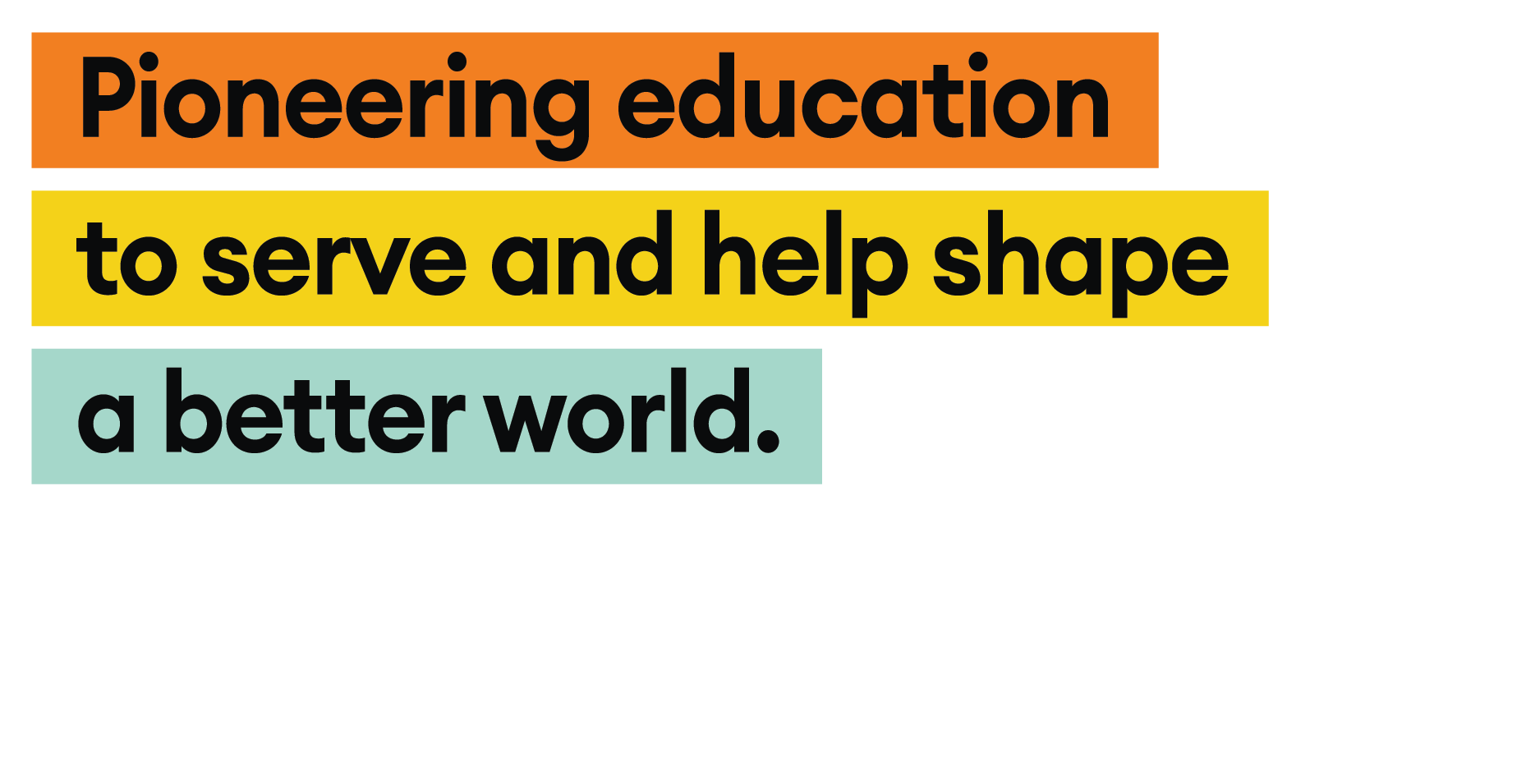British Science Week at Wellington: An Interconnected World
Science Week is an exciting opportunity for everyone in school to talk science, see science and do science!
“I love that science explains the world around me. It’s everywhere. To me, science doesn’t just explain life, science is life.”
– Helen Sharman, Astronaut
British Science Week is an annual large-scale celebration of science in the UK organised by the British Science Association, aiming to raise the public’s attention to the development of science through science-related activities and experiments. It has different themes every year and the theme for 2023 is, ‘Connections’, advocating togetherness among people and increased attention to the connections in our surroundings. Interconnection is a strong power, and it is true to scientific investigations as we discover how connections exist across all areas of science. Evolution, for example, shows us the ways that animals, plants and bacteria are all connected through millions of years. Following the proud tradition of pursuing academic excellence at Wellington College UK, Wellington College International Hangzhou introduced British Science Week years ago and has held Science Week every year. Closely intertwined with our STEAM course, Science Week at Wellington allows science learning to exceed textbook study and motivates pupils to dive into scientific exploration. This year, we adopted the same theme as British Science Week – ‘Connections’, and encouraged Wellington pupils to think about scientific theories through engaging experiments. We hope these activities help pupils to investigate the wide science world and reveal the essence behind a phenomenon.
Take a closer look at the plethora of activities that took place during Science Week 2023
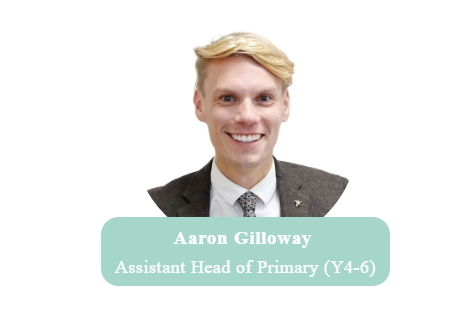
The primary English national curriculum includes science as a core subject taught to children between the ages of 5 and 11. The objectives of science education in the curriculum are, typically, to help pupils understand the natural world and its phenomena and develop scientific thinking and reasoning skills. Pupils are often taught to observe, describe, classify, and measure objects and events in the natural world and to develop explanations and theories about how they work.
In our primary school, we adapted the ‘connections’ theme to make it more relevant to our pupils. To launch the week, we created a crime scene where Mr Coleman's cherished cow ornament went missing after a staff meeting in his office, with the suspects being one of the teachers or teaching assistants in the primary school. Thankfully, Mr Gilloway was on hand to investigate and discovered one clue daily. First, however, he needed the help of our young scientists to help him eliminate the suspects and catch the culprit.
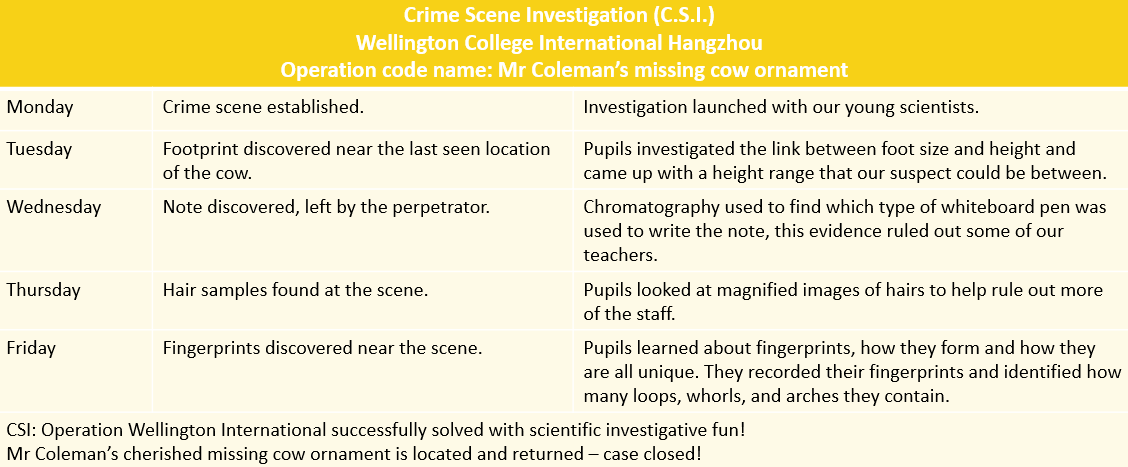
Alongside our crime scene and daily science clues, each year group also had the opportunity to conduct a hands-on activity or experiment, where they could manipulate materials, observe and record results. This process helped to engage our pupils and make the learning experiences more meaningful and memorable.
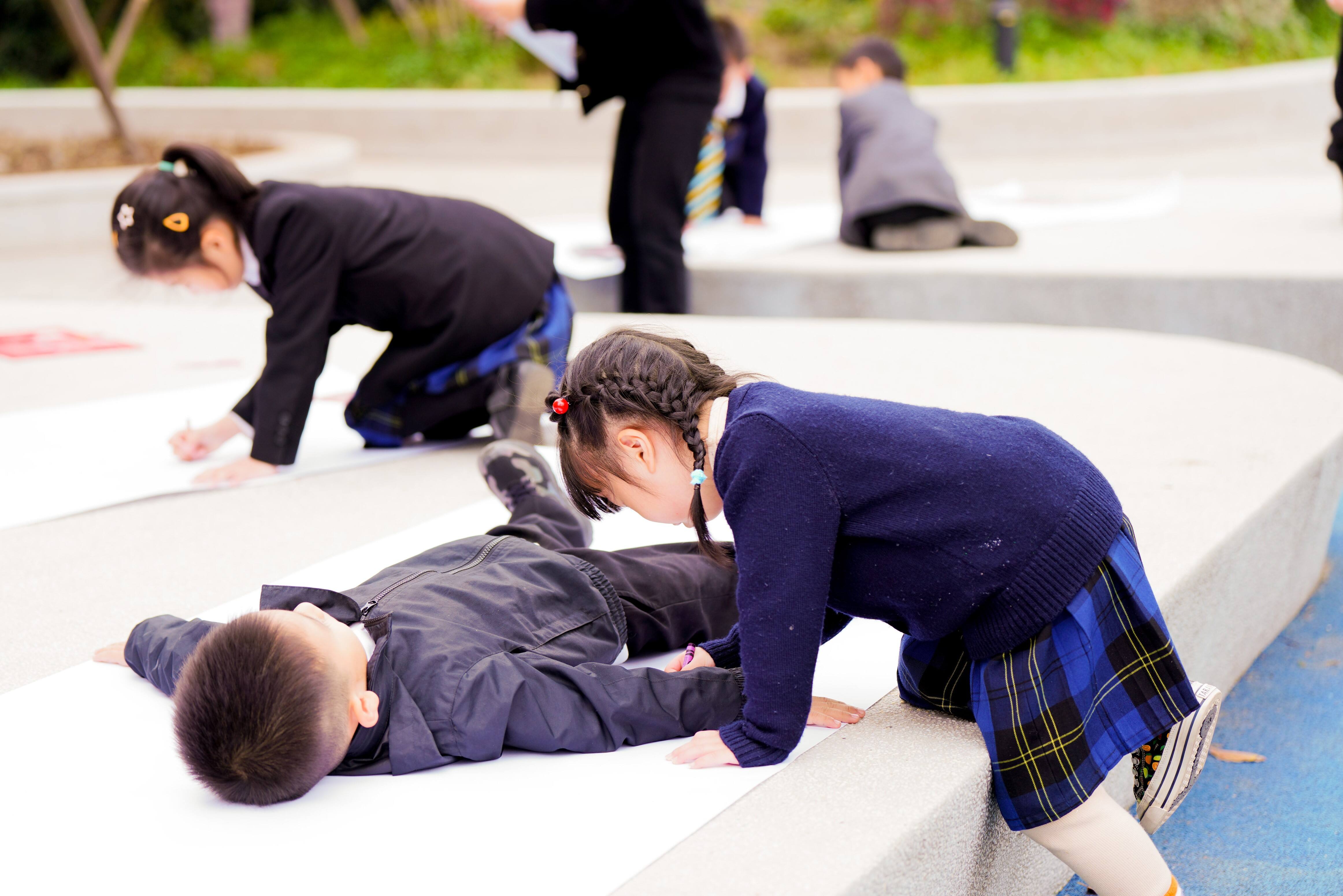
Year 1 created life-sized body maps with support from EY3. This activity involved pupils drawing around themselves on large paper rolls and labelling their body parts. It deepened their understanding from earlier in the year when they studied a unit entitled 'Who Am I?'. Pupils loved using jelly in moulds to create jiggly hearts and brains!
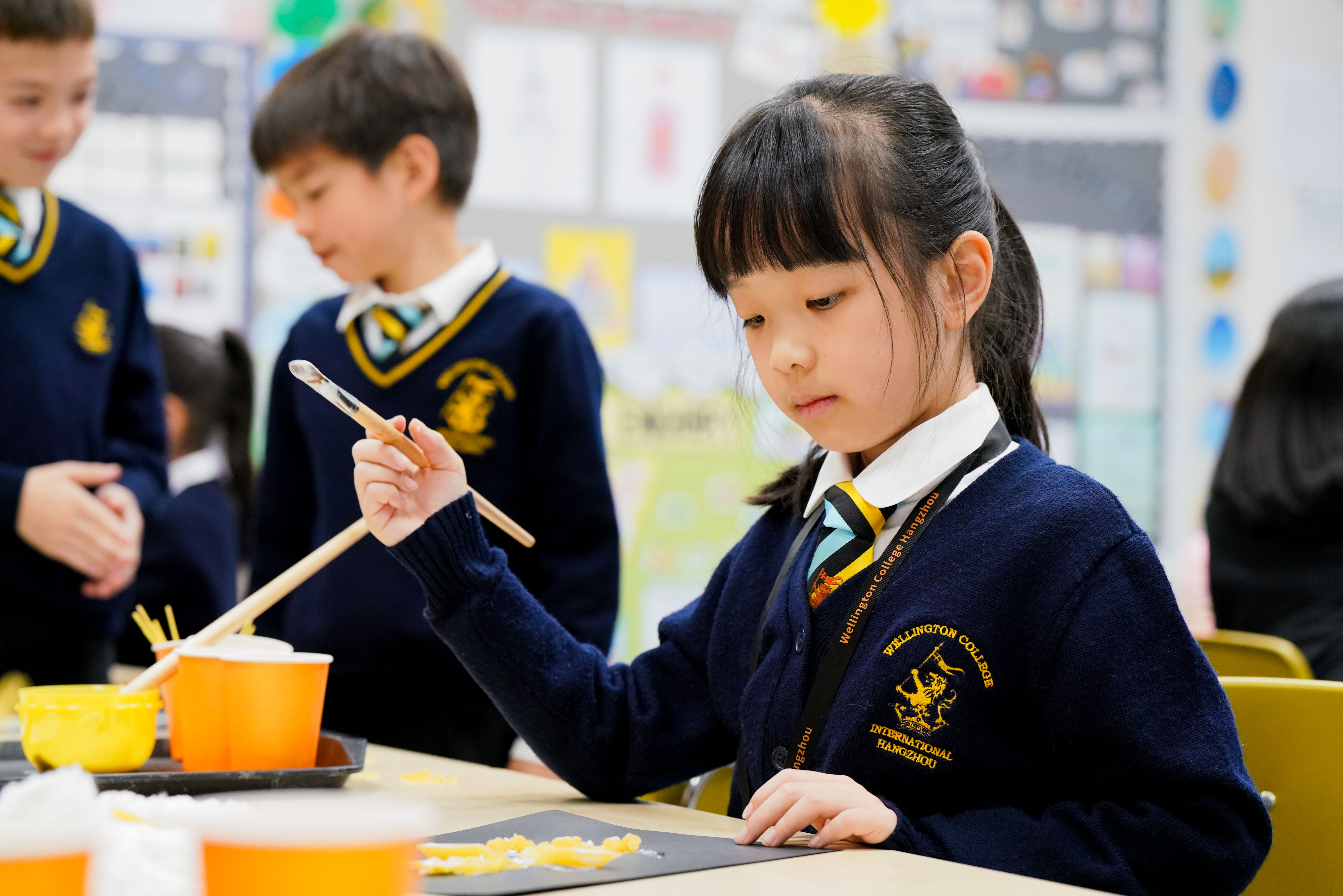
Year 2 conducted an investigation over time, investigating the link between using soap and mould growth. Pupils enjoyed seeing how long it took for mould to grow on three pieces of bread after touching one with an unwashed hand, one with a washed hand and wiping one piece of bread on our class set of iPads.
Year 3 deepened their understanding of the skeletal and muscular systems by creating a 'robotic' hand and a pasta skeleton.
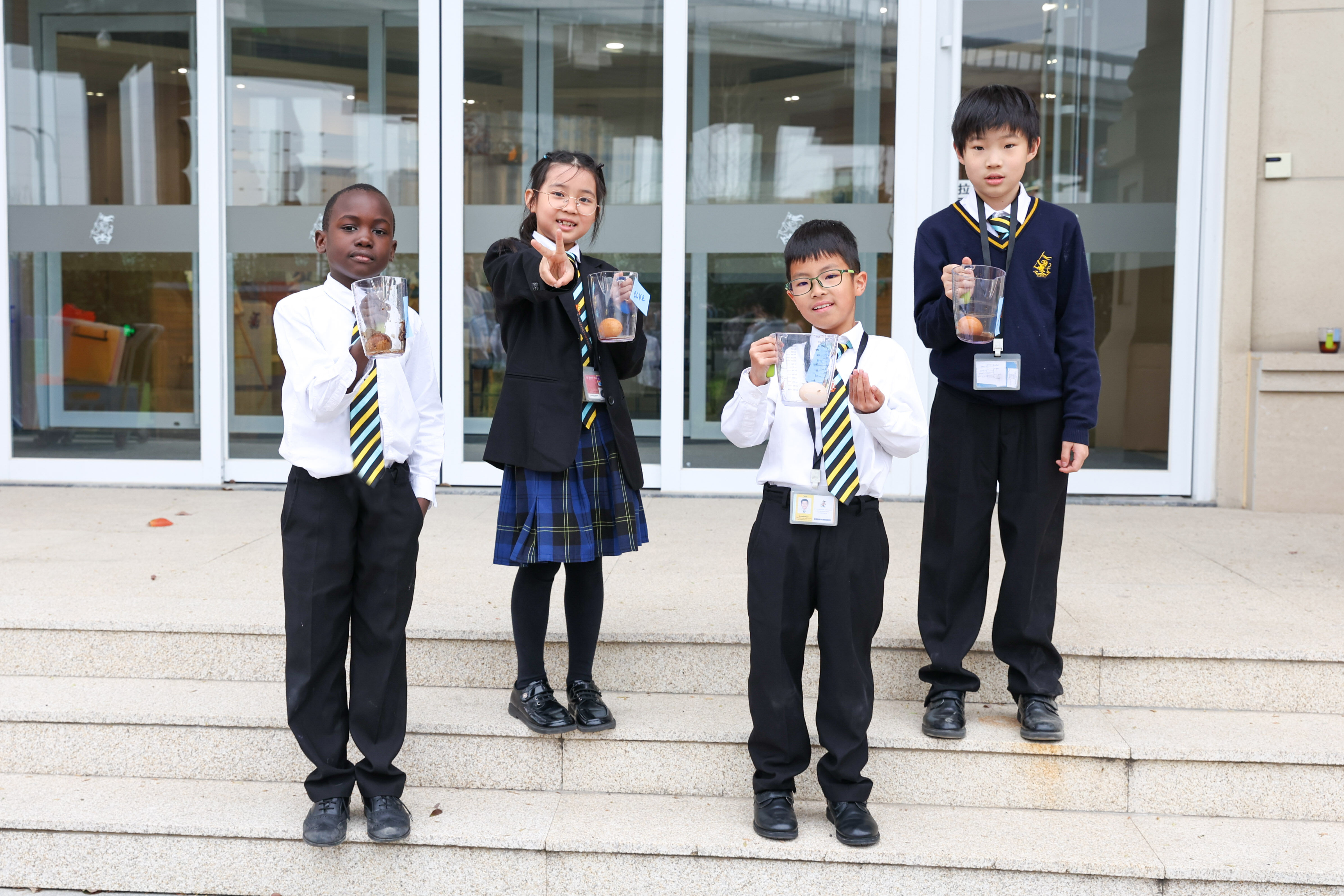
Year 4 investigated tooth decay using eggshells to replicate teeth. Egg shells are made from calcium carbonate, which is similar to tooth enamel. Year 4 soaked eggs in various beverages for three days to investigate if the acids weaken the eggshells. They ended the week by bringing in their toothbrushes and brushing their teeth. They then used disclosure tablets highlighting any plaque on teeth to show the missing spots when brushing their teeth.

Year 5 got the chance to experience a heart dissection which was a fascinating experience at the core of our circulatory system and our body as a whole. Pupils could see the four chambers of the heart and the vessels going into and out of the heart. As part of the investigation, some pupils measured the ventricles to establish which had the most prominent muscle.
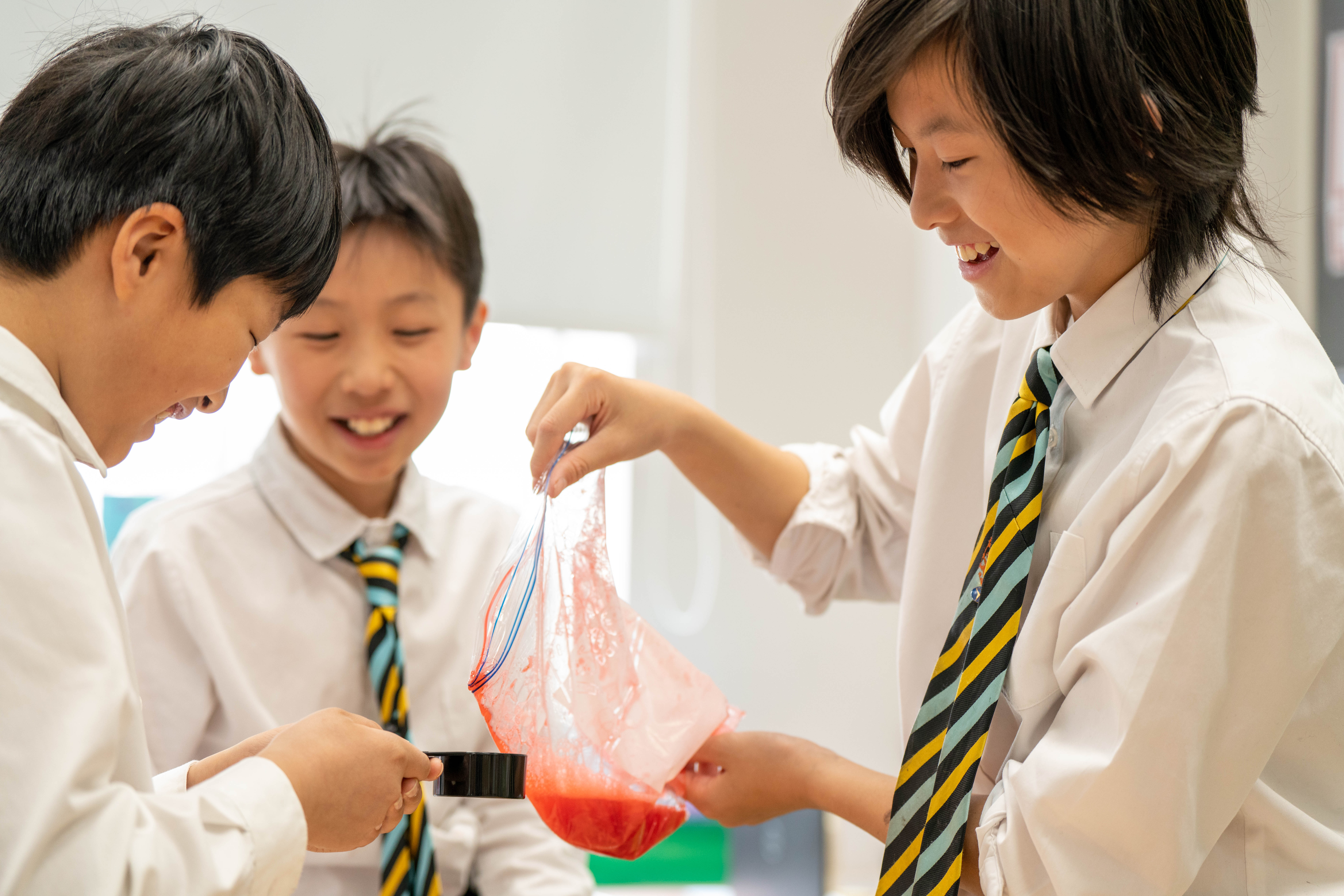
Year 6 investigated DNA and extracted DNA from strawberries. DNA, or Deoxyribonucleic Acid, is the molecule of life. DNA exists in every single organism, from the smallest bacteria to the largest mammal, and is the only known molecule that can replicate itself. Year 6 learned that a strawberry is octoploid. That means they have eight copies of each type of DNA chromosome. Human cells are diploid, meaning they have two sets of chromosomes. Therefore, there is much more DNA to extract from a strawberry leading to higher success rates for pupils.
Parents also had the opportunity to get involved with Science Week and conducted an experiment alongside their children on Wednesday in our science labs. Parents and pupils learned about hydrogels – water-absorbing polymers commonly found in nappies or diapers. These are polymers which have the unusual property of being able to absorb vast quantities of water. Parents and pupils extracted hydrogels from a nappy or diaper and slowly added 100ml of water each time to see how much water the hydrogel or nappy could hold. We discovered that, on average, nappies could hold 500ml of water.
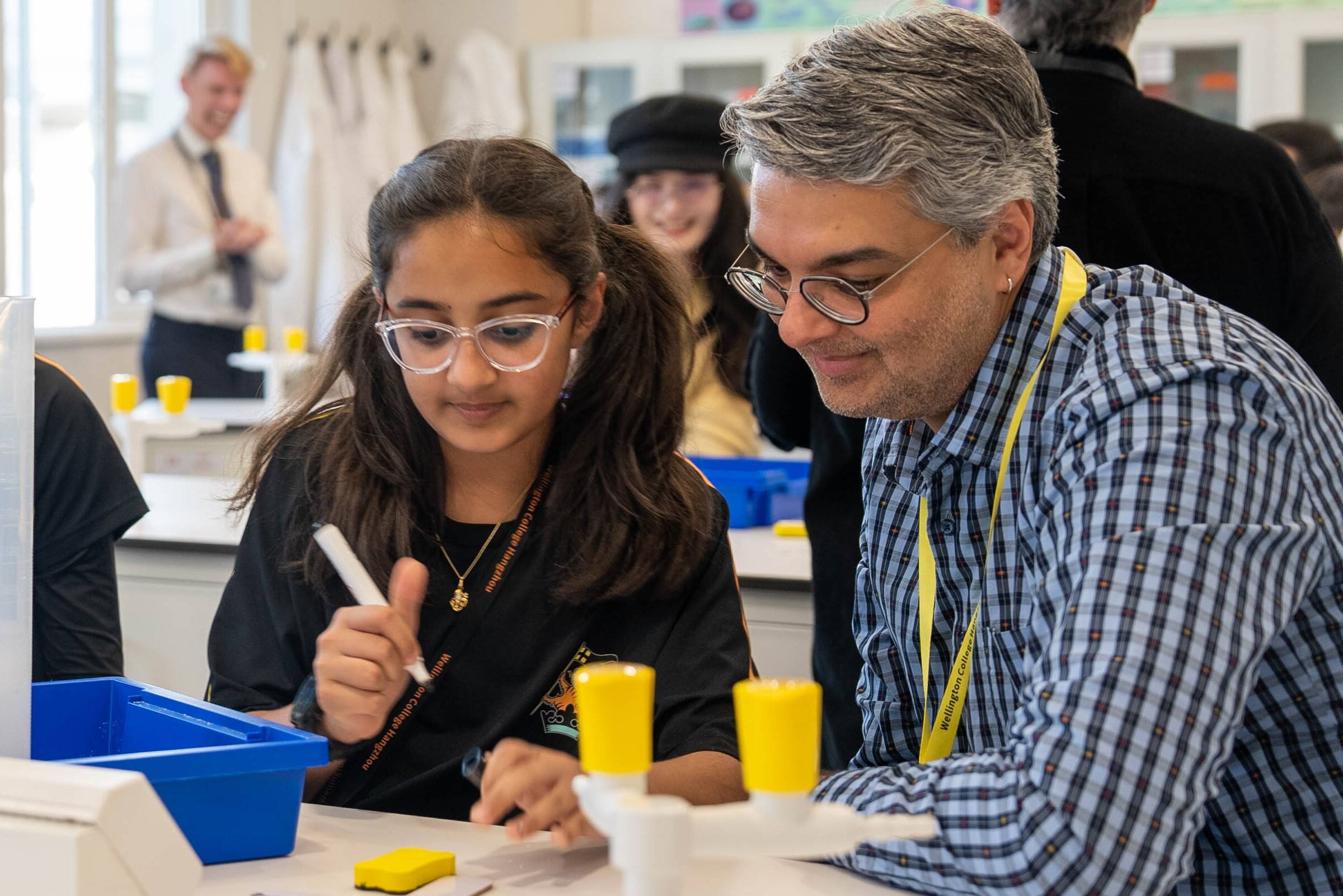
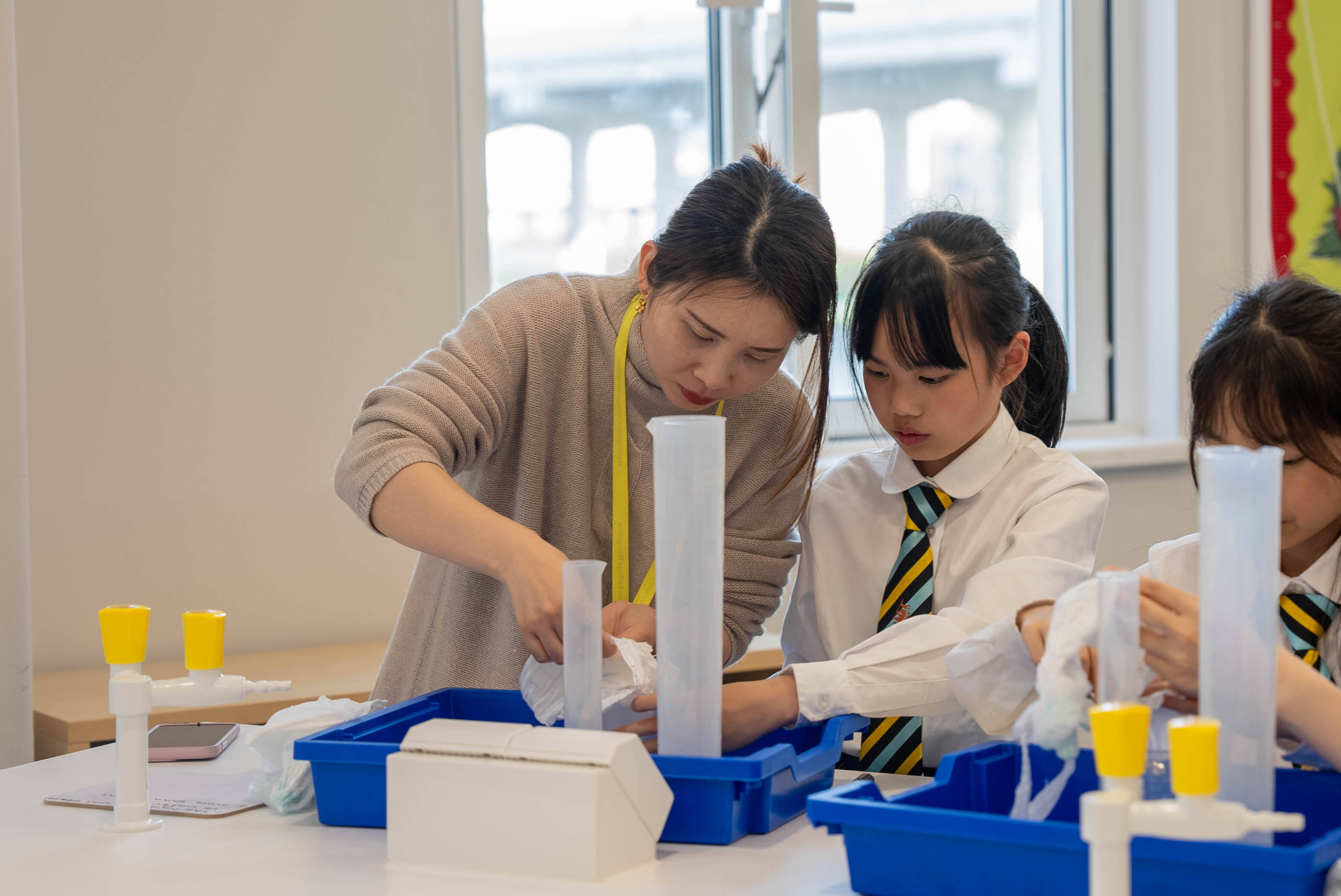
Our primary school pupils were very excited to be invited to the senior school’s state-of-the-art science labs to conduct their experiments. It was an exhilarating experience for our primary pupils and their parents!
Pupils thoroughly enjoyed the week. However, most pupils selected solving the mystery of Mr Coleman's missing cow as their highlight.
"The crime was fun and very mysterious. We learned a lot about science from completing all the clues. Everyone in the class thinks a different member of staff did it. I think it is Ms. Yang as she is roughly the same height, around 166cm, has brown or blonde hair, and always writes in black whiteboard markers."
- Lena, Y6
"The crime scene was my favourite part of the week, and I worked hard to solve the clues. I also really enjoyed the heart dissections, although it was a bit disgusting, I enjoyed seeing the different parts of the heart and learning more about how it works.”
- Eason, Y5
As you can see, both our curriculum and enrichment events such as Science Week are designed to help children develop scientific skills, including observing, questioning, predicting, planning, and evaluating. This helps pupils understand the scientific process, develop a love for science, and, ultimately, prepare them for further study in science at higher levels of education.
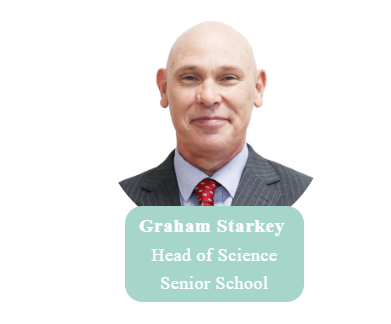
Senior School also adopted the British Science Week theme of ‘Connections’ this year. Nearly all innovations in science are built on connections between people and how they connect in different scientific fields.
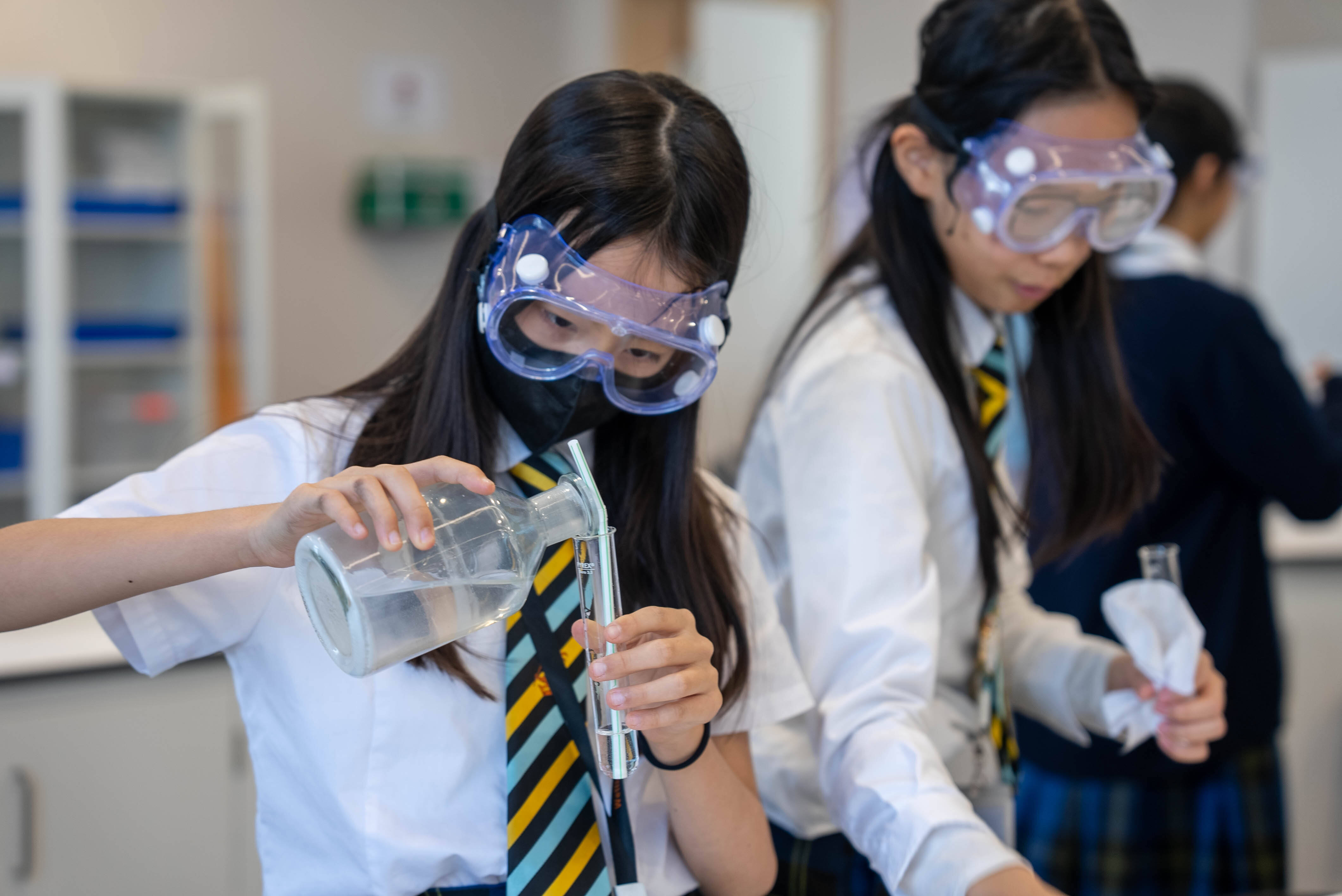
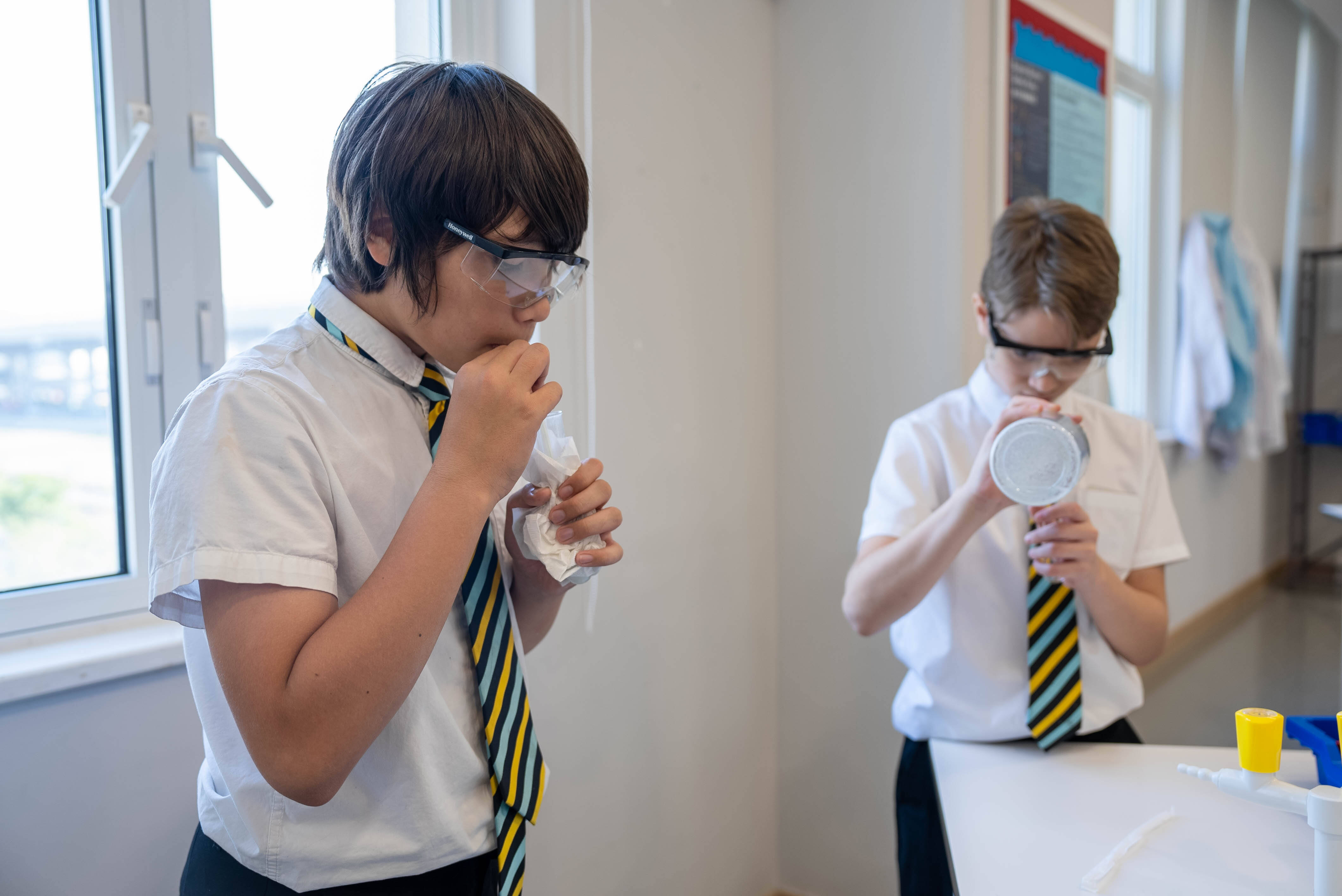
Year 7 were taught about the many different uses of carbon dioxide, from fire extinguishers to one of the main gases involved in global warming. Practically, the pupils made this gas in the laboratory from reacting simple household items such as vinegar and baking soda.
Year 8 were taught about how humans are involved in the ecosystems of nature. How humans were connected in either destroying organisms’ habitats or by conserving these organisms for generations to come. In class, they carried out a series of food chain and web activities and took on the role of organisms to show how all of them are connected in nature.

Year 9 were involved in air rocket making and how different forces were connected in the design and lift of these rockets. Many different rockets were flown on the top of the WCIH building, and pupils were given time to modify their designs.
On Friday, 17th March, a joint Science Week assembly took place between Senior School and Junior High in the grand theatre. To start the event, some students were celebrated for the science posters that they had made on the theme of ‘Connections’.

The main event consisted of about 400 students who were involved in a simple ‘live’ experiment to see if the colour of a drink determined how sweet a drink was to taste. Little did they know that the drinks were all the same sweetness. The results generally showed that the more intense a colour, the more it seemed to be sweeter. The connections were made that a good scientific experiment should consist of a large sample size, a control, reproducible results and how we should look at the limitations of an experiment. As a follow up, pupils discussed an evaluation of the experiment. It was great to see participation, and a huge thank you to all the science teachers and technicians who helped to put this together.
The Science Week activities are an excellent example of our STEAM and PBL curriculum implementation. This pupil-led week allowed our pupils to strengthen their problem-solving skills, use their existing scientific knowledge to brainstorm and discuss the feasibility and scientific validity of their solutions. It is important to note that science is learned through practice rather than on paper, and it has been incredible to see our pupils working hard to optimise experimental solutions to achieve the best results.
Click the photo see previous Science Week activities at Wellington College International Hangzhou
Education Insights| Science Week 2019
Insights | Inspiring passion to learn through theme weeks
Innovating for the future | Science Week at Wellington
Science Week 2022 | Sustainable Farming
Related Articles

_1729566758785.png?x-oss-process=image/interlace,1/resize,m_lfit,w_1200/quality,q_90/format,webp)











